Union Street Tunnel
Union Street Tunnel
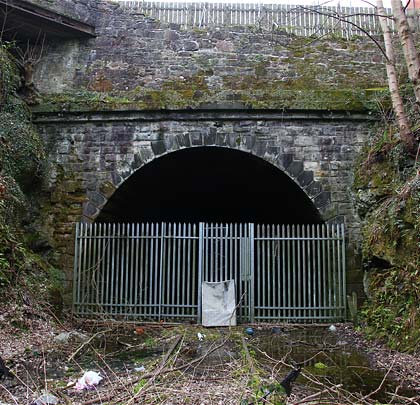
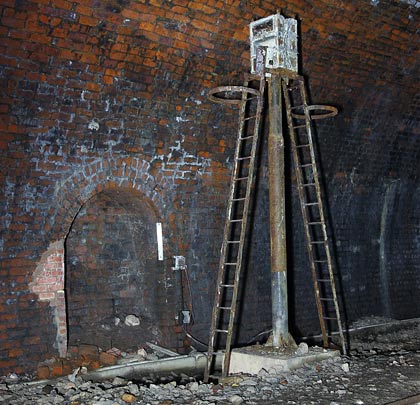
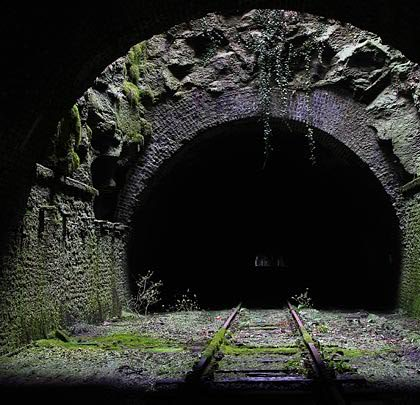
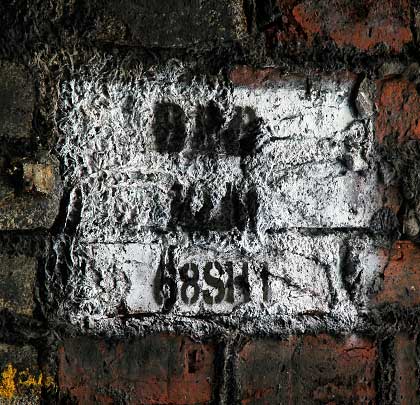
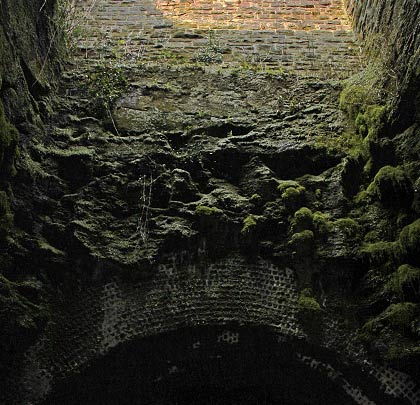
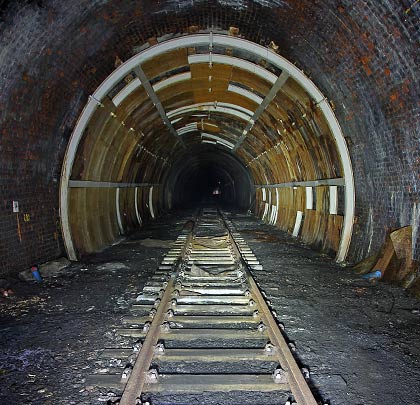
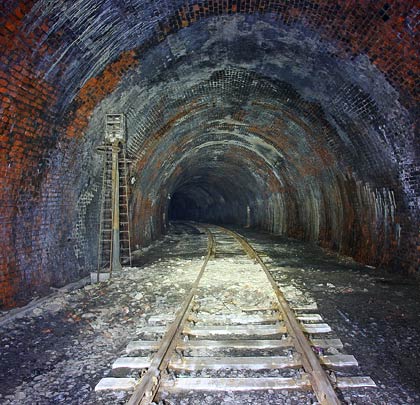
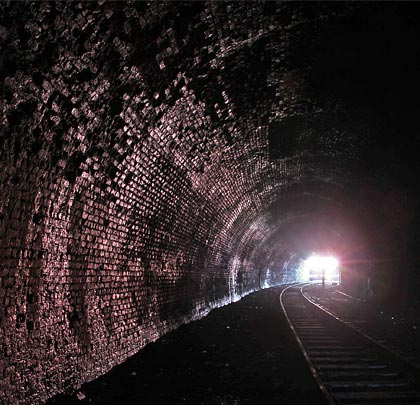
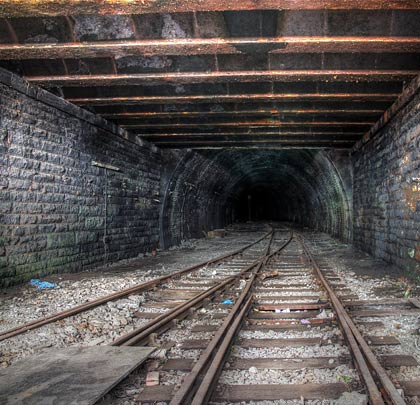









5th July 1865 saw the passing of an Act for construction of the 12-mile Greenock & Ayrshire Railway which headed south-east from Greenock to form an end-on junction with a branch of the Glasgow & South Western Railway at Bridge of Weir. Its imposing northern terminus was alongside Princes Pier, built by the Greenock Harbour Trust at a cost of £250,000. Here boat trains could connect with passenger ships, greatly benefiting users of the Clyde steamers.
The double-track route required considerable engineering at the Greenock end, passing through five tunnels in just two miles. Excavating the 100,000 cubic yards of rock demanded 60 tons of blasting powder; six million bricks were needed to line them. In charge of the engineering were Messrs Forman & McCall whilst James Young of Skermorlie fulfilled the contract for building the line’s northernmost three miles.
The longest of the tunnels, Union Street (KLM/68), extends for 710 yards and enjoys a falling gradient to the north of 1:70. Trains heading for the terminus encountered a curve of around 16 chains in radius through its first 120 yards or so, and another of 20 chains radius as they approached the exit. Mineral traffic first used it on 1st September 1869; goods trains started running a month later. Passenger services were inaugurated on 23rd December following a belated inspection by Colonel Hutchinson for the Board of Trade.
The south portal is a modest stone affair, located behind a new block of flats on South Street. Inside, the lining is brick-built and forms a circular profile. Shallow refuges are found in both sidewalls. There is minor water ingress at this end, some of it issuing from a 100mm core hole.
After 220 yards the bore crosses the line of Newton Street Tunnel which, at 1 mile 351 yards, is the longest on Scotland’s railway network. After a further 45 yards, Union Street’s only shaft is encountered. This is square in section and occupies the full width of the tunnel. Looking up, it becomes clear that the tunnel is barely 15 feet below ground level, however the load exerted on the lining is considerable, requiring 12 rings of brick to withstand it. A short distance beyond the shaft, a framework of 18 steel ribs has been installed for strengthening purposes. These ribs are individually profiled to accommodate significant distortion through this section. Providing support for the lining are small brick pillars, sitting on the steels.
North of this point the tunnel is quite wet, with a broken drain and calcite deposits forming on the brickwork. Around tablet 43 (470 yards), four monitoring arrays are fitted around the full profile. Further on there are two signal posts. As its passes beneath Union Street, the section changes to comprise vertical masonry sidewalls with beams to carry the roadway. Immediately beyond is the north portal.
Stopping services over the northern section of line were cut in February 1959 although boat trains continued to run from Glasgow St Enoch until 30th November 1965. A year later, the tracks beyond Kilmacolm were lifted.
However in 1971, a new connection was opened from the Paisley-Gourock route, allowing freight traffic to reach Princes Pier (renamed Ocean Terminal) by rail. Accommodating 8′ containers required the line to be singled and the track slewed onto the centre of the alignment. This work probably coincided with insertion of the steel ribs.
Official closure reclaimed the line on 30th September 1991, however trains had not used it for some years previously, possibly as early as 1984. The cost of carrying out the structural work needed on the double-track Gourock/Wemyss Bay lines for newer 8’6″ containers proved prohibitively expensive.







